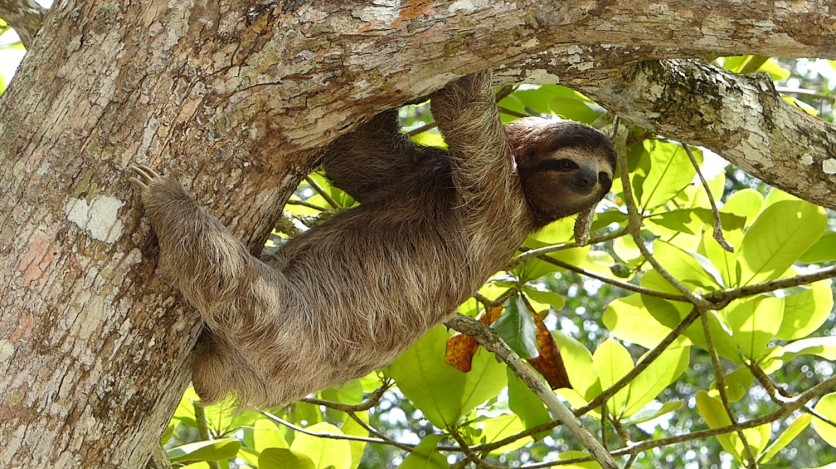Archaeologists have uncovered ancient artifacts made from giant sloth bones in central Brazil, challenging previous notions of human arrival in the Americas.
Dating back over 25,000 years, these findings suggest that humans reached the continent much earlier than once believed. The artifacts, including polished pendants carved from sloth bone, provide intriguing evidence of early human creativity and adornment.
Discoveries at Santa Elina Rock Shelter

During excavations at the Santa Elina rock shelter in Central Brazil, researchers stumbled upon an assortment of relics made from the bones of giant sloths.
Among these artifacts were thousands of osteoderms, the bony plates that formed a protective layer on the sloth's skin. Remarkably, at least three of these osteoderms showed signs of human modification, featuring polished surfaces and meticulously drilled holes.
According to IFL Science, experts believe these crafted items likely served as personal ornaments, possibly worn as necklace pendants. The discovery highlights the exceptional preservation of these artifacts within the cave's archaeological layers.
A Hint of an Early Human Migration
The age of the sloth bone jewelry is staggering, dating back approximately 25,000 to 27,000 years. This finding adds substantial evidence to the theory that humans coexisted with the giant ground sloth, Glossotherium phoenesis, during this period.
Despite the sloth's immense size, reaching up to 4 meters in length and weighing around 1,500 kilograms, it appears that humans successfully hunted these creatures.
Prior to this discovery, the prevailing belief was that the Clovis culture, arriving around 15,000-13,000 years ago, represented the earliest human presence in the Americas. The sloth bone pendants challenge this notion, pushing back the timeline of human habitation.
Early Humans Hunt Sloths For Accessories
The giant ground sloth, a colossal creature comparable to an elephant in size, was a prominent part of the Pleistocene megafauna.
Despite their formidable stature, these sloths were hunted by humans, as evidenced by the modified bone artifacts.
For reference, modern sloths only measure 24 to 30 inches. They are very small compared to their gigantic ancestors that are towering the ancient humans.
As such, humans might be aware that having an accessory in the body emphasizes the art of the tribe. It might also highlight the cultural relevance of the discoveries of a certain population in Central America.
With that being said, it's as clear as a day that humans have been migrating to the region during the Pleistocene period.
For more information about the research entitled "Evidence of artifacts made of giant sloth bones in central Brazil around the last glacial maximum," visit The Royal Society Publishing.
In another related report, another group of archaeologists have seen a huge burial site for the 19th-century elephant.
The team concluded that it could be the elephant named Nancy who perished in 1891. The local legend suggests that the creature managed to escape from its past location after eating toxic yew leaves.

![Apple Watch Series 10 [GPS 42mm]](https://d.techtimes.com/en/full/453899/apple-watch-series-10-gps-42mm.jpg?w=184&h=103&f=9fb3c2ea2db928c663d1d2eadbcb3e52)



